Popular on Food52
13 Comments
Barbara L.
November 9, 2015
So much deliciousness on one site! Will adding a sugar substitute effect the outcome of the curd?
Jeff D.
June 3, 2015
How would you tweak this for those of us who don't like lemons but would still like to do a curd - say, raspberry or cranberry? (I think strawberries are likely too sweet and not acidic enough.)
Kelsey T.
June 4, 2015
Hey Jeff! That is an interesting idea. I have never investigated a non-citrus option, but there are some great citrus curds that do not use lemon out there. There is a great article from The LA Times in the late 90s that explains what sort of changes you might need to make to a basic curd recipe with other fruits like an orange that has more sugar to create a great product (http://articles.latimes.com/1998/feb/18/food/fo-20186). I think non-citrus fruits would take more work to adjust the basics, but a start could be combining citrus with non-citrus. The acidity is really important to the formation of the predominant texture, so that could be a great start. Cranberries are interesting because of their acidity and astringency. Let me know if it works out and good luck Jeff!
rengahan
September 25, 2015
Just measure the same amount of pureed fruit instead of lemon juice. I make peach curd this way all the time.
Matt L.
May 21, 2015
I love lemon curd - perfect way of having something for dessert or breakfast that isn't _too_ sweet. The problem is my wife always ends up eating it all and there's none left for me! I tried something else recently though - I'd been making lemon tart (which I love) and decided instead to make a thick lemon custard. Pured into egg shell and served with little "soldiers" of caramel encrusted pain perdu it made the most amazing dessert. Recipe is here if people are interested - www.timedeating.co.uk/dessert-egg-soldiers - in any case, loved the post!
Cathy D.
May 16, 2015
Hi folks! As a lemon curd native (I'm in Scotland!) I can tell you that lemon curd is, indeed, the boss. I make mine a bit stiffer too, but the only thing I would insist on is use the best eggs you can find. Vital.
nancy E.
May 15, 2015
I have never seen a pourable lemon curd. Even the ones I have made have been spreadable. Why is this one different. Is it considered the same thing?
Kelsey T.
May 15, 2015
Hi Nancy! Thanks for the comment! This lemon curd is still rather thick, but it's kind of like ketchup. Once you put some force on it, it will spill out. It's not pourable like you think of a liquid. I like this texture because it makes for a nice mouthfeel, but you can go ahead and cook it longer for a stiffer curd more like a custard. A lot of store-bought curds are thicker because they need to be stable for a longer period of time. Thickeners are added to help with that stability.
Diane
May 15, 2015
The recipe doesn't state how much water to add to the lemon/lemon zest mixture. Nor does it say exactly what size the pan is that you use. How can we avoid putting too much or too little water into this recipe?
Mj L.
May 15, 2015
The water is to make a double boiler- simmering water in pan, put bowl with eggs, etc. over simmering water, yes?
Kelsey T.
May 15, 2015
Yep exactly! The water is only used for the cooking in the saucepan, and only a couple of inches deep, a double boiler set-up. Diane, you can really use any small saucepan so long as your bowl rests just above the water!
Diane
May 16, 2015
Oh, of course! I guess I should have read the recipe more thoroughly before I asked my kind of "not so smart" question. :)
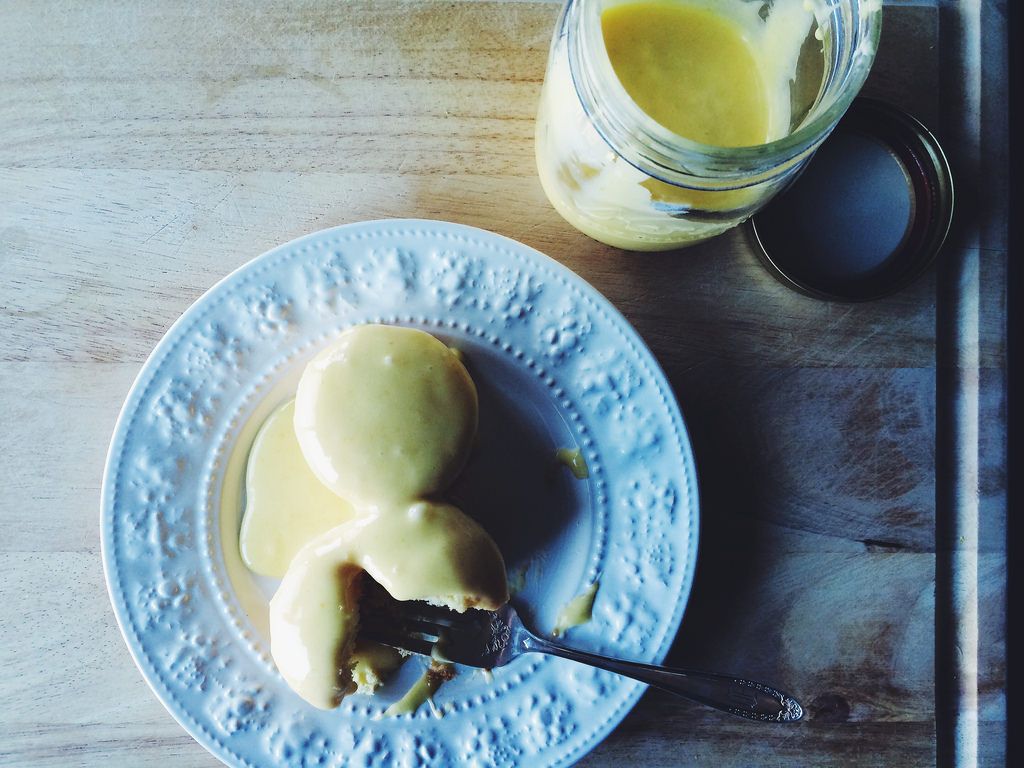
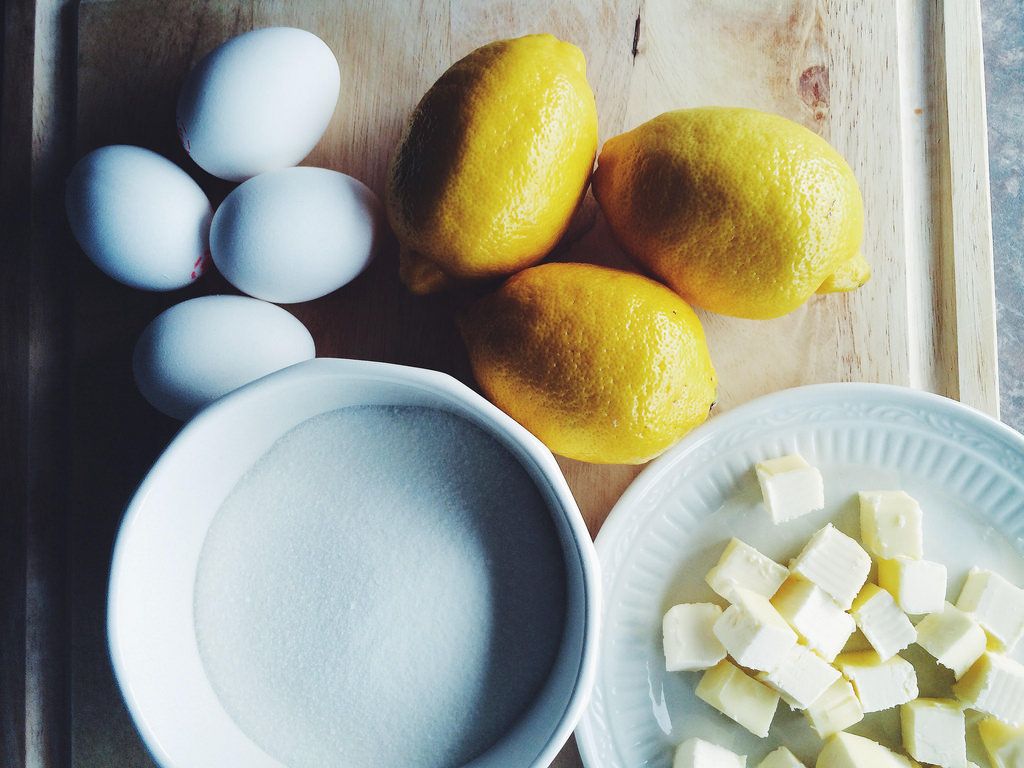
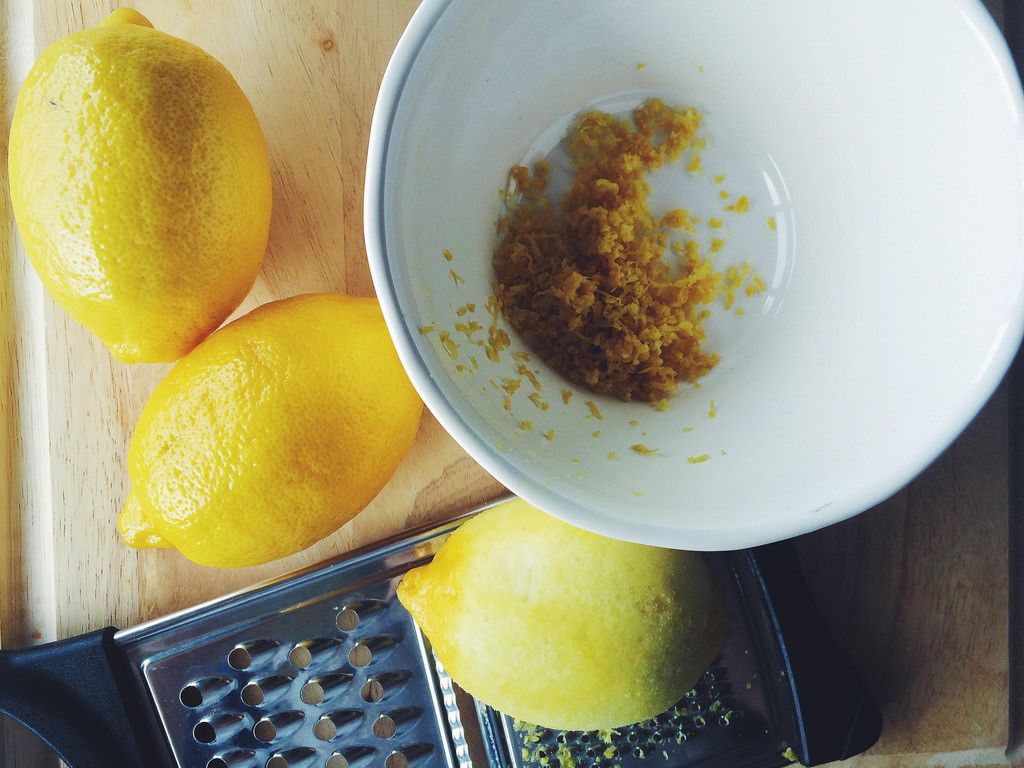

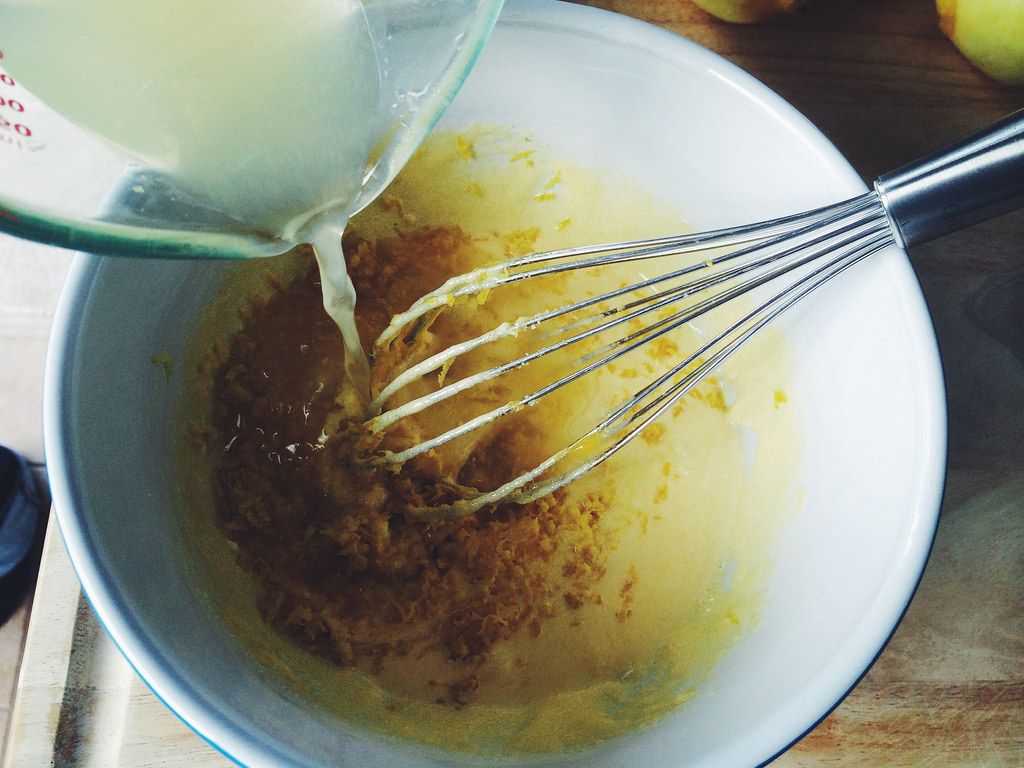

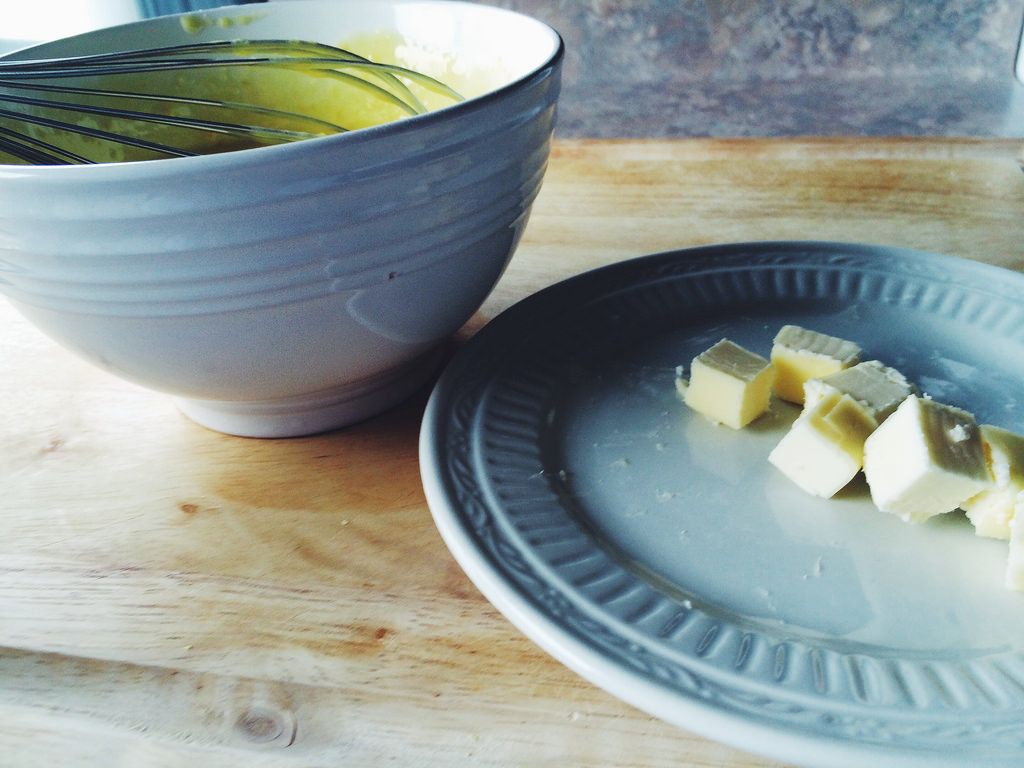
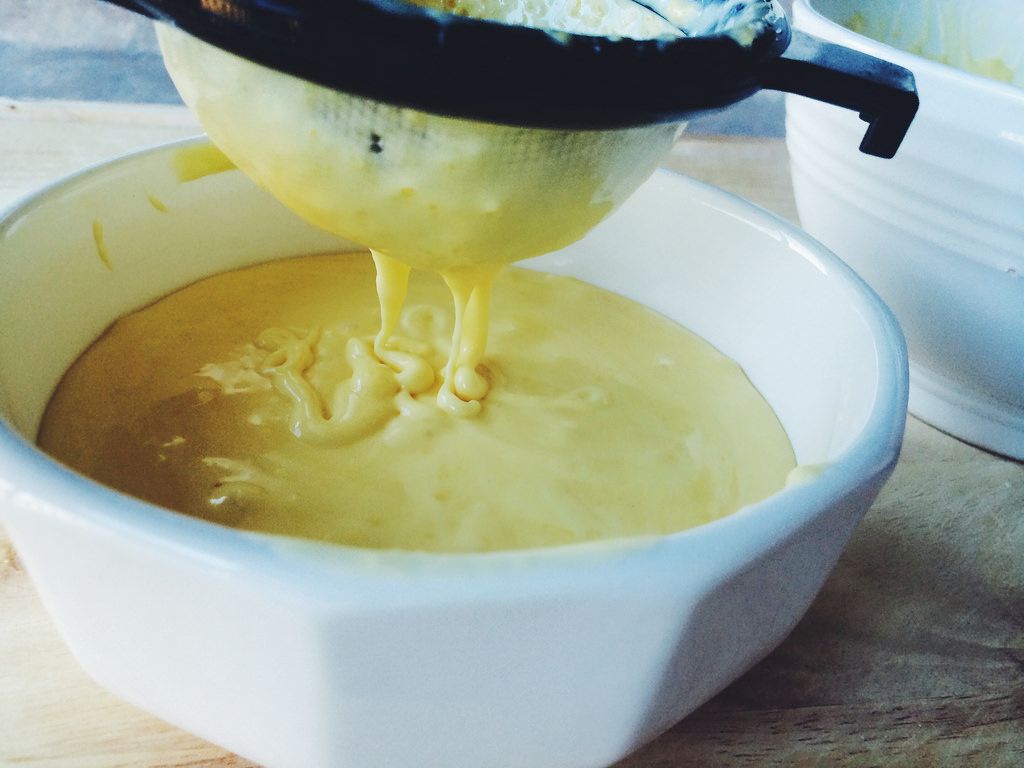

See what other Food52 readers are saying.